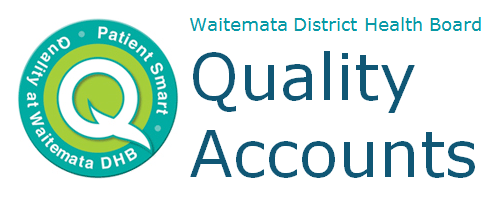 A normal knee functions as a hinge joint between the upper leg bone (femur) and the lower leg bones (tibia and fibula)
A normal knee functions as a hinge joint between the upper leg bone (femur) and the lower leg bones (tibia and fibula)
Total knee replacement (TKR), or total knee arthroplasty (TKA), is a surgical procedure in which parts of the knee joint are replaced with artificial parts (prostheses). TKA is the most common surgical intervention for osteoarthritis fo the knee, however still a significant proportion of have poor outcoomes in terms of mobility and range of motion of the new joint.
Patient participation with physiotherapy in the acute stages following surgery is poor with possible influences contributing to this poor outcome as follows:
- recent trends towards shorter lengths of stay and "packaged" care
- DHB and Ministry of Health annual targets for completion of hip and knee joint replacements
- prescriptive culture of physiotherapy with pre-set treatment protocol and excercise programmes
- risk of treatments not being indivudalised for patients
- patients not engaging well with therapy, poor uptake of prescribed excercises and mobility
What are we trying to achieve?
Concept of Patient Engagement
“This has been defined as “a co-constructed process and state. It incorporates a process of gradually connecting with a person and/or therapeutic programme which enables the individual to reach and maintain a state of being an active, committed, invested collaborator in rehabilitation”
- Bright, Kayes, Worrall and McPherson (2015), p650
There are recognised factors that can affect physiotherapist's ability to engage patients in an acute setting:
- Length of the patients stay in hospital
- Staffing
- Therapist skill level
- Inconsistency of therapist practice
- Time
- Pre-set orthopaedic physiotherapy protocols/guidelines
A senior orthopaedic (bones) physiotherapist wanted to improve patient engagement with their rehabilitation following surgery. She wanted to understand how patients felt about their TKA rehabilitation journey. Once this information was understood the plan was to look at what interventions physiotherapists could do to improve patient engagement.
What have we done?
- An audit was undertaken with 15 patients who had total knee arthroplasty at North Shore Hospital.
- All patients had been instructed to complete their full post-operative exercise programme (outlined on an information sheet) every few hours.
- The patients were observed when they did their exercises on their own including moving around their room and the ward for one post-operative day.
- A questionnaire was provided to each of the 15 patients for them to provide information on helped them, or stopped them from doing the exercises.
Did we make a difference?
Observation Audit Results
Of all of the observed movements when patients mobilised (got up and walked around):
- 35% of patients mobilised on their own
- 40% mobilised with a nurse for toileting or showering
- 3% mobilised with a healthcare assistant for toileting or showering
- 22% mobilise with a physiotherapist as part of their programme
Of all the observed exercise moments:
- 86% were led by the physiotherapist
- 7% led by the nurses
- 7% linitiated by the patient themselves
- Self-efficacy (related to a person’s sense of self-control, and reflects the belief of being able to master changes- i.e. confidence)
- Communication (staff and patient)
- Support networks (patient)
- Barriers to recovery (other medical conditions, unwell post-operatively)
- Patient attitude
Conclusion
- Factors affecting engagement in physiotherapy in the acute stages following a TKA are complex, variable and interchangeable.
- There are a number of challenges throughout the surgical and rehabilitation process in providing positive experiences for each individual patient.
- Physiotherapists are well placed to overcome these challenges and assist patients in engaging in rehabilitation.
Where to from here?
Inservice training has been held with the orthopaeic and wider physiotherapy team to share the audit results and provide some education regarding factors that affect patient engagement and potential intrventions.
Identified areas of physiotherapy practice which could assist patients in becoming active participants in their rehabilitation are as follows:
Pre-operation education:
- Raise patient awareness about surgery and rehabilitation
- Talk about the benefits of behaviour change and goal setting
Individualised practice:
- while working within the protocols adapt exercise programme to meet the needs of the individual patient
- include a review of the patient’s social needs, mental well-being and ability to manage as part of the programme
Goal setting:
- work with the patient to set goals that they want to achieve
- specify when, where and how
This will have a positive influence on the patient’s self-control and confidence.
